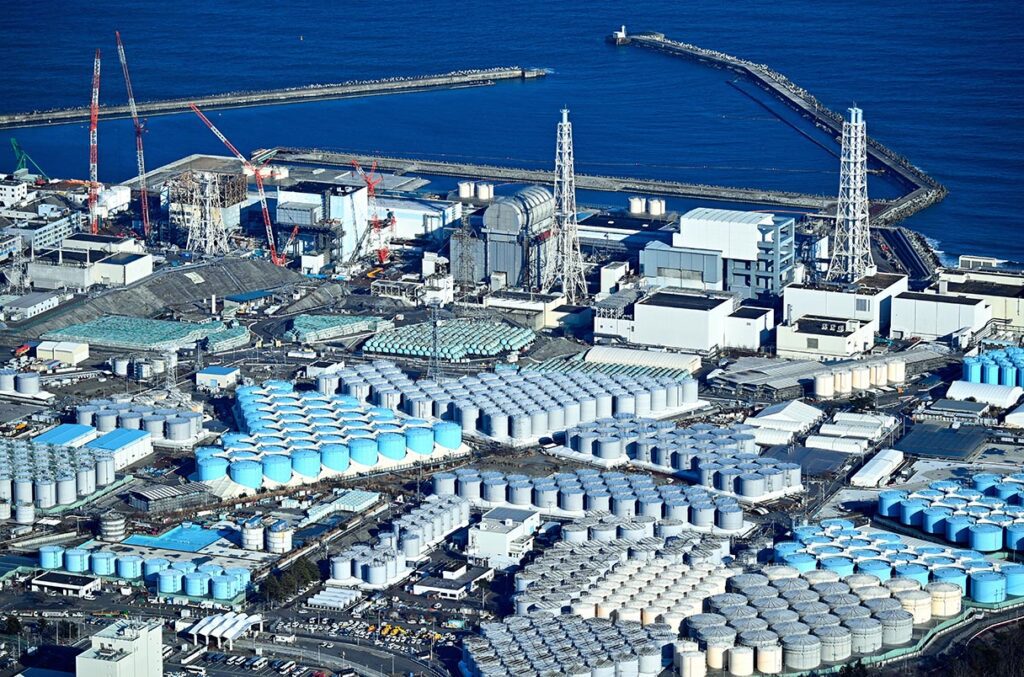- Web Desk
- Today
Japan begins releasing water from the Fukushima nuclear plant into the ocean
-

- Web Desk
- Aug 24, 2023

TOKYO: Japan began to release treated radioactive water from the wrecked Fukushima nuclear plant into the ocean Thursday amid opposition from some domestic activists and loud objections from neighboring countries, including China.
The gradual discharge of an estimated 1.3 million metric tons of wastewater from the destroyed Fukushima Daiichi nuclear power plant into the Pacific Ocean began around 1 p.m. local time (12 a.m. Thursday ET), said the plant’s operator, Tokyo Electric Power Co. (Tepco).
The whole process is expected to take about 30 years to complete.
The plan has been approved by Japan’s government and the International Atomic Energy Agency, the United Nations’ nuclear watchdog, which said last month that the release met international safety standards and would have “negligible radiological impact to people and the environment.”
Giuliani surrenders in Trump election subversion case, $150,000 bond set
The process will allow the decommissioning of the plant more than a decade after a 9.0-magnitude earthquake and tsunami set off a meltdown that spewed radioactive particles into the air in the world’s worst nuclear accident since the 1986 incident at Chernobyl in what was then the Soviet Union.
The water — which is enough to fill 500 Olympic-size swimming pools and continues to build — has been used to cool fuel rods in the Fukushima plant’s nuclear reactors since the 2011 meltdown, and it is now being held in about 1,000 storage tanks on site that Japan says are almost full. Though the water is filtered and diluted to remove most radioactive elements, it still contains low levels of tritium, an isotope of hydrogen that is difficult to strip out.
Officials say that the levels of tritium will be well below what the World Health Organization considers safe and that nuclear plants around the world routinely release wastewater containing tritium, sometimes at higher levels.
The release has also become a political and diplomatic issue, especially in countries with which Japan has historically fraught relationships.
Leading the criticism is China, the biggest importer of Japanese seafood. At a briefing Wednesday, Wang Wenbin, a spokesperson for the country’s foreign ministry, said releasing the radioactive water “blatantly transfers the risk of nuclear pollution to neighboring countries including China and the international community and puts self-interest above the long-term well-being of the people in the region and around the world.”
China has extended a long-standing ban on seafood imports from 10 of Japan’s 47 prefectures, including Fukushima and Tokyo, the capital. Officials said last month they would also increase scrutiny of food imports from the prefectures that are not banned.
Similar measures take effect Thursday in the Chinese territory of Hong Kong, the second-biggest market for Japanese seafood after mainland China.
The IAEA said this week that it would maintain an onsite presence at the Fukushima plant, where it opened an office last month, and publish real-time and near real-time monitoring data.




